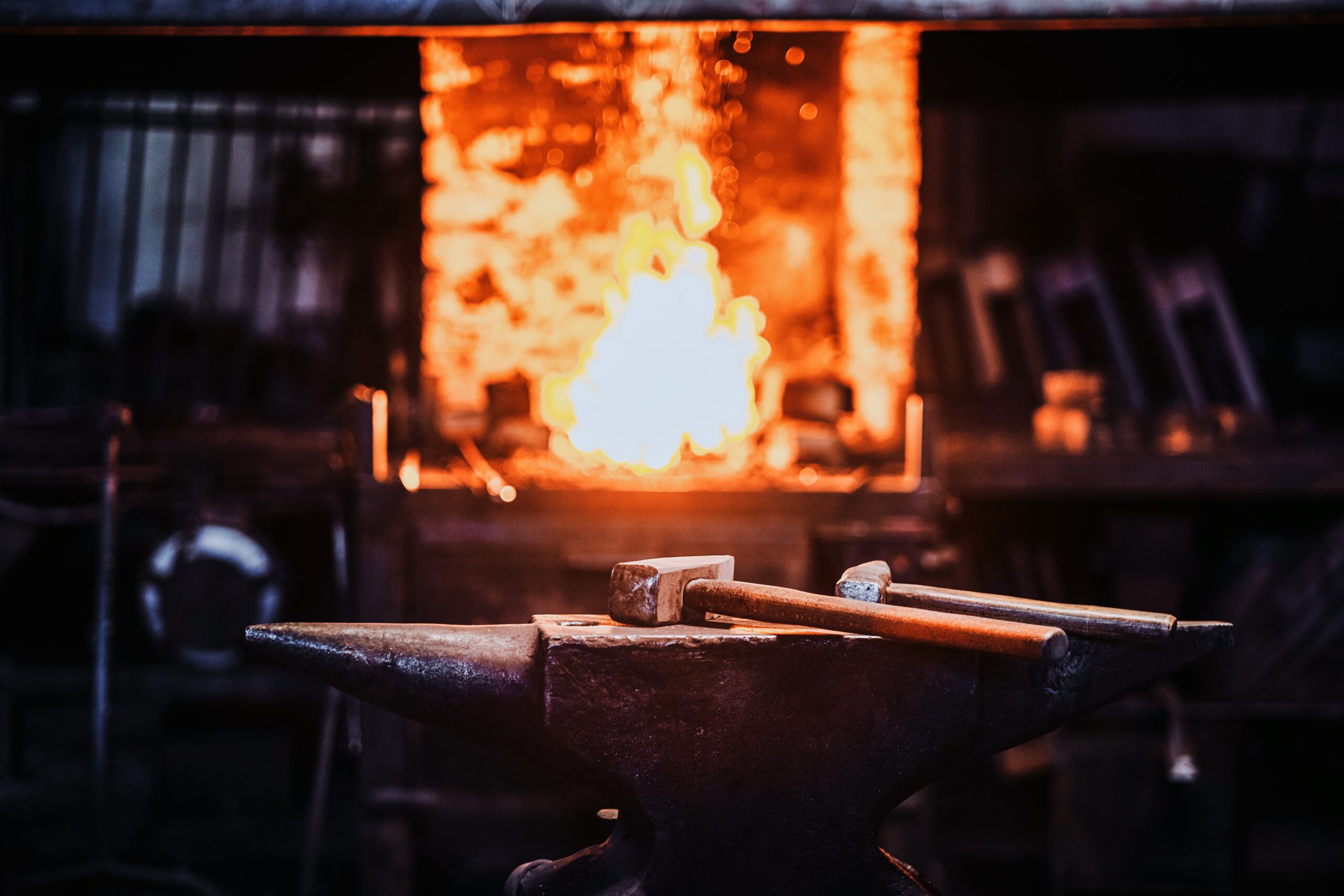Sand casting
- Home
- Sand casting
Overview of
Sand casting
Sand casting is a versatile and cost-effective process for manufacturing complex metal components. It is ideal for large-scale production and offers considerable design flexibility.
Main features
- Suitable for large and small production runs
- Ideal for creating complex and irregular shapes
- Low tooling costs compared to other casting methods.

species
Why Choose Gusskontor for Sand Casting in Germany?

Green sand
casting
This involves using a mixture of sand, clay, and water that is still wet when the mold is formed. This sand is inexpensive and versatile, but less suitable for mass production.

Dry
sand casting
Here, the sand is treated with a binder such as resin or water glass to dry and strengthen the shape after molding. This type of sand is more suitable for complex shapes and mass production.

3D printing
sand casting
Sand molds and cores are produced directly with a 3D printer, which allows for great flexibility and precision.

Hand-molded
casting
A method of sand casting in which the sand mold is made manually, often by hand.

Advantages of hand-molded casting
Flexibility for small batches and complex shapes, and the ability to produce custom shapes.

Machine
casting
A method of sand casting in which the sand mold is created and compacted using machines, allowing for greater accuracy and repeatability.

Advantages of machine casting
Greater accuracy and repeatability, higher production rates, and the ability to create more complex shapes

